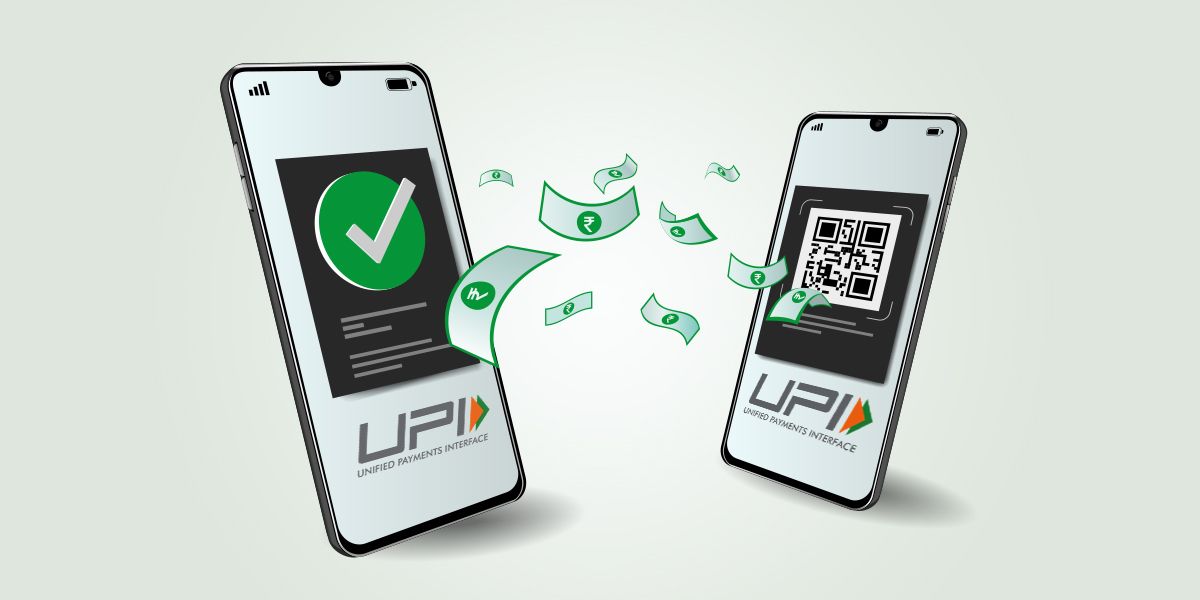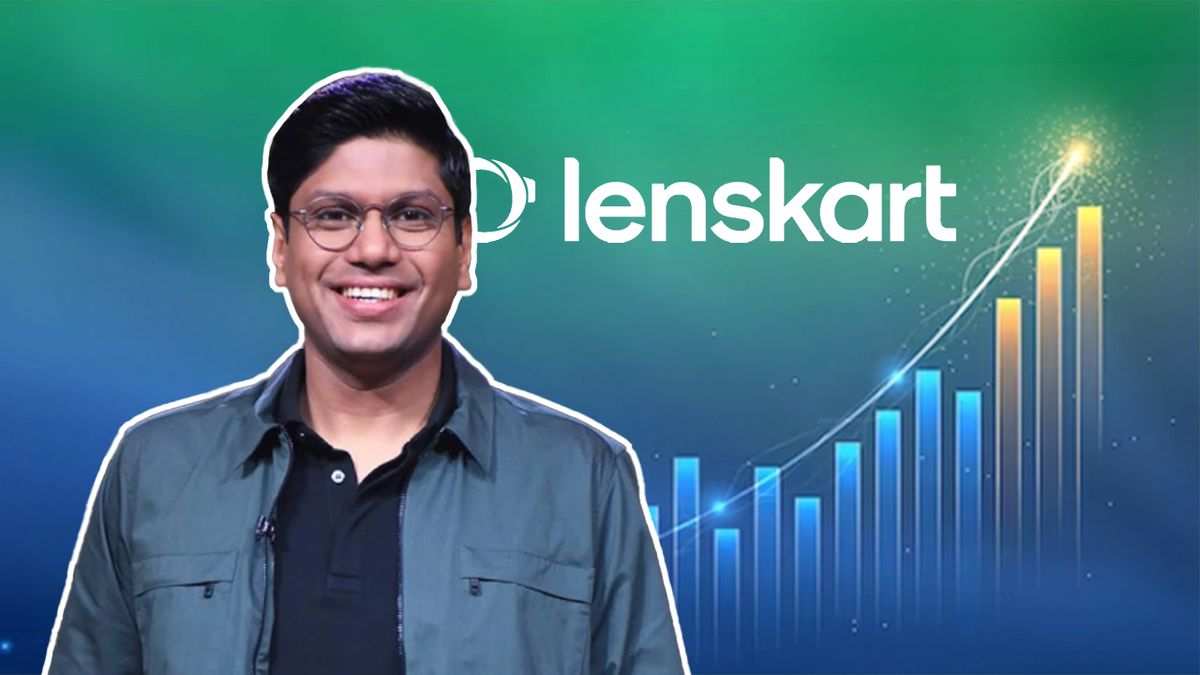Highlights
Incentive Scheme for Promotion of Low-Value BHIM-UPI Transactions
The Indian government has launched a new initiative aimed at encouraging small vendors to adopt digital payments via the BHIM-UPI platform. This initiative, named the ‘Incentive Scheme for Promotion of Low-Value BHIM-UPI Transactions (P2M), is set to operate from April 1, 2024, to March 31, 2025, with a financial allocation of Rs 1,500 crore. The primary objective is to foster digital transactions for payments up to Rs 2,000 while decreasing the dependence on cash.
Incentives for Small Merchants
As part of this scheme, small merchants will receive a reward of 0.15% of the transaction amount for every payment processed through UPI. For instance, if a consumer pays Rs 1,000 using UPI, the merchant would earn Rs 1.50 as an incentive. This initiative is tailored specifically for small enterprises, ensuring they gain advantages from the digital payment framework without incurring additional expenses.
Incentives for Banks
Banks facilitating these transactions will also be rewarded. Every quarter, banks will receive 80% of their incentive claims immediately, while the remaining 20% will depend on their service performance. If a bank maintains its technical errors below 0.75% and guarantees system availability of at least 99.5% of the time, it will qualify for the complete incentive package. This requirement will encourage banks to enhance their digital payment infrastructure and deliver improved service.
Benefits for Customers
This scheme simplifies payments for consumers, making them easier, safer, and quicker while imposing no extra charges. Small merchants who might have been reluctant to adopt digital payments due to added costs will find this initiative more advantageous. Furthermore, it aligns with the government’s vision of a cashless economy by formalizing financial transactions and boosting transparency.
Enhancing UPI Accessibility
By tying incentives to the performance of banks, the government aims to guarantee that digital payment services remain dependable and accessible. The initiative also seeks to broaden UPI utilization in smaller towns and rural regions by promoting payment solutions via feature phones and offline options.
Vishwas Patel, Joint MD of Infibeam Avenues and Chairman of Payments Council of India, expressed concerns regarding the sufficiency of the allocated funds, stating, “With Zero MDR of UPI and the Government allocating a paltry Rs 1500 crore for processing transactions of Rs 246.82 lakh crore in 2024, this is insufficient. It threatens the entire ecosystem’s funds for growth and scaling.” He noted the expectation for an incentive of over Rs 5,000 crore, surpassing the previous year’s Rs 3,500 crore, stressing that the current allocation is insufficient.
Patel further remarked, “With the rising costs of deployment, servicing, and compliance with RBI regulations, the growth will be stifled. Our survival should not depend solely on government incentives. The government should permit us to implement a low controlled MDR of 25 BPS on UPI P2M transactions for merchants with a turnover exceeding Rs 40 lakhs. The incentives can continue for smaller merchants, offering them Zero MDR.”
Current Trends in UPI Usage
Data from the National Payments Corporation of India (NPCI) reveals that UPI processed 131.12 billion transactions valued at Rs 200 trillion in the financial year 2024 (FY24). More than 400 million individuals utilise UPI for instantaneous payments, which now represents 75% of all digital transactions in India.







